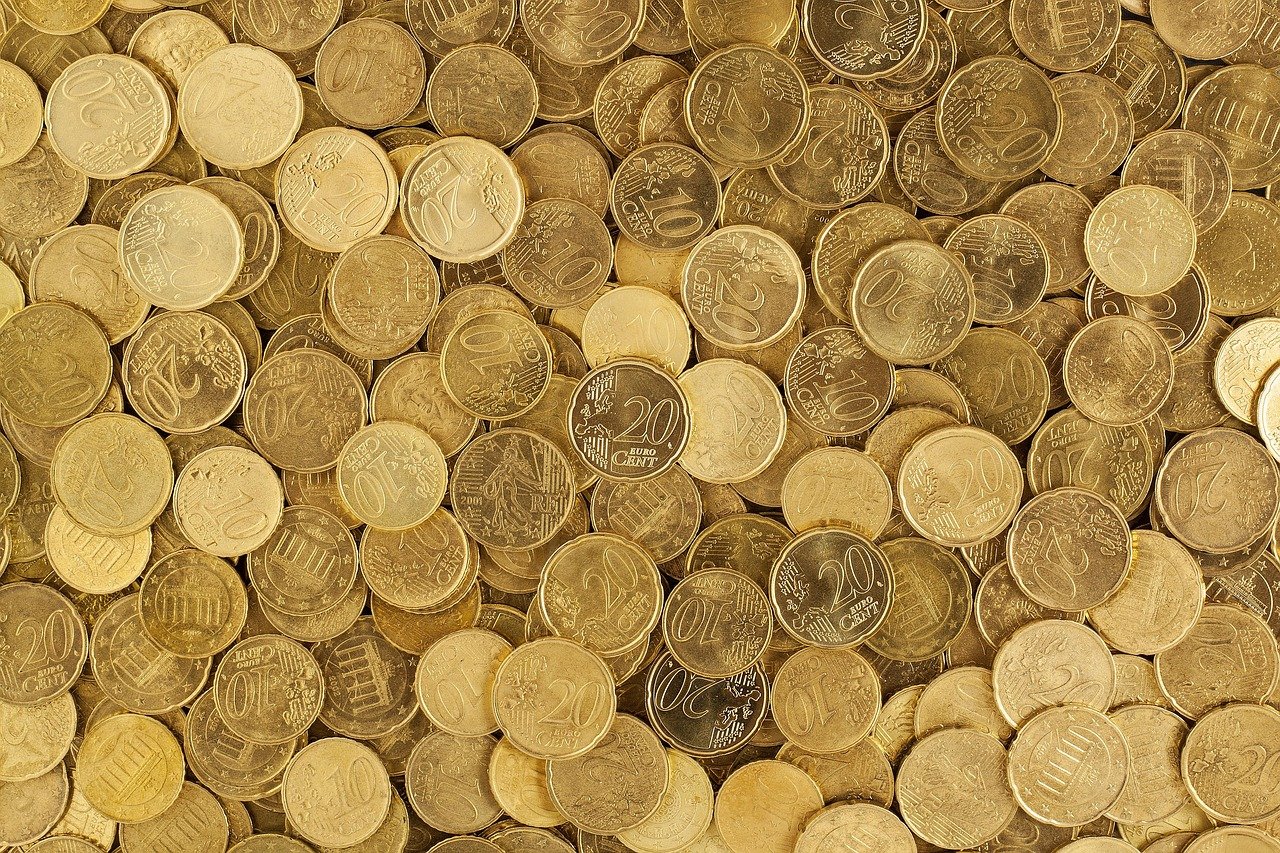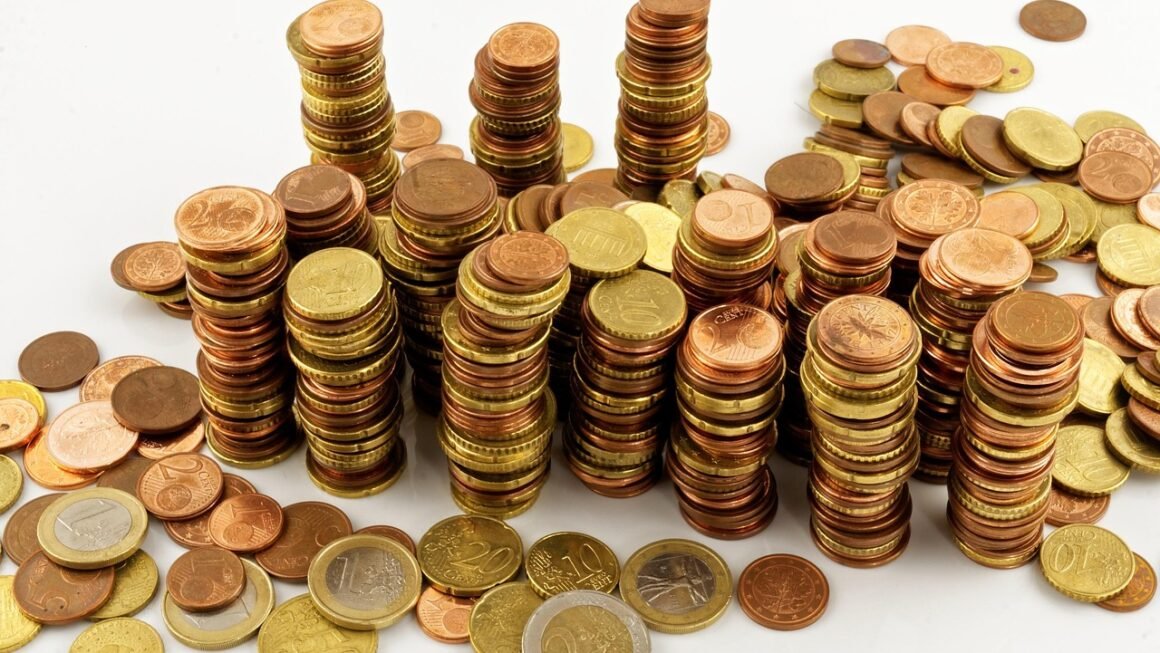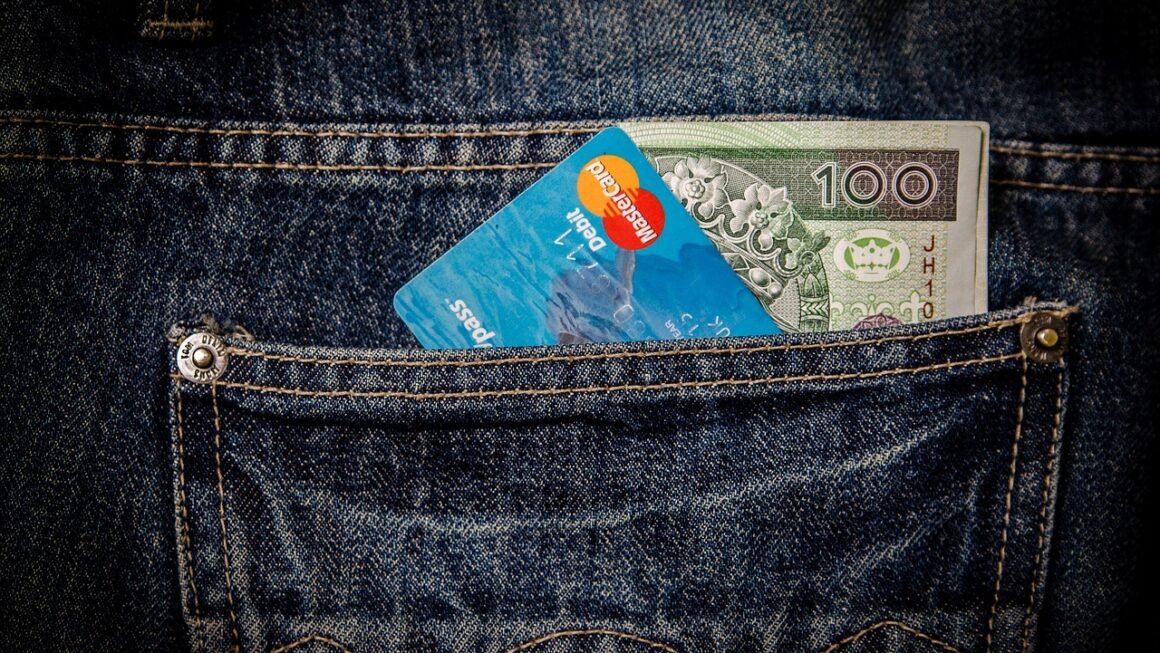Imagine life throwing you a curveball – a sudden job loss, an unexpected medical bill, or a major car repair. These unforeseen events can wreak havoc on your finances if you’re not prepared. That’s where an emergency fund comes in. It’s your financial safety net, your buffer against the unexpected, and a vital component of sound financial planning. This post will delve into the what, why, and how of building an emergency fund, equipping you with the knowledge to weather any financial storm.
What is an Emergency Fund?
Defining an Emergency Fund
An emergency fund is a dedicated savings account specifically for unplanned and urgent expenses. It’s not for vacations, holiday shopping, or new electronics. Instead, it’s reserved for genuine emergencies that could disrupt your financial stability.
Differentiating from Other Savings
It’s crucial to distinguish an emergency fund from other savings goals, such as retirement, a down payment on a house, or a child’s education. While all savings are beneficial, an emergency fund serves a unique and critical purpose: immediate access to funds when you need them most. Other savings accounts may have tax implications or penalties for early withdrawal. An emergency fund should be easily accessible.
Why You Need One: Real-Life Examples
Consider these scenarios:
- Job Loss: You’re laid off from your job and need to cover living expenses while searching for new employment.
- Medical Emergency: An unexpected illness or injury requires costly medical treatment and potentially time off work.
- Home Repair: Your furnace breaks down in the dead of winter, or your roof starts leaking after a storm.
- Car Repair: Your car, essential for commuting to work, needs a major repair, costing thousands of dollars.
Without an emergency fund, these situations could force you to take on high-interest debt, such as credit cards or payday loans, further compounding your financial stress.
Why is an Emergency Fund Important?
Providing Financial Security
An emergency fund provides peace of mind, knowing you can handle unexpected expenses without jeopardizing your financial stability. It allows you to face life’s uncertainties with confidence.
Avoiding Debt
As mentioned earlier, an emergency fund can prevent you from resorting to high-interest debt to cover emergencies. This can save you significant money in the long run. Imagine having to put a $3,000 repair on a credit card with a 20% interest rate – the interest payments alone could cost you hundreds, if not thousands, of dollars over time.
Reducing Stress and Anxiety
Financial stress is a significant contributor to anxiety and mental health issues. Knowing you have a financial cushion can significantly reduce stress related to unexpected events.
Enabling Better Financial Decisions
With an emergency fund in place, you’re less likely to make rash financial decisions out of desperation. You can take your time to find the best solutions for your problems, rather than being forced into accepting the first option available.
How Much Should You Save?
The General Rule: 3-6 Months of Living Expenses
The commonly recommended target for an emergency fund is 3-6 months’ worth of essential living expenses. This provides a sufficient buffer to cover costs like rent/mortgage, utilities, food, transportation, and insurance while you address the emergency.
Calculating Your Monthly Expenses
To determine your target savings amount, meticulously track your monthly expenses. This can be done through budgeting apps, spreadsheets, or simply reviewing your bank statements.
- List all your essential expenses: Rent/Mortgage, Utilities (electricity, gas, water), Groceries, Transportation (car payments, gas, public transport), Insurance (health, auto, home), Debt Payments (minimum payments only), Childcare, Medications.
- Calculate the total: Sum up all your essential expenses to arrive at your monthly living costs.
Adjusting Based on Personal Circumstances
The 3-6 month rule is a guideline, not a rigid rule. Consider these factors when determining your ideal emergency fund size:
- Job Security: If you work in a stable industry with high demand for your skills, you might lean towards the 3-month end of the spectrum. If your job is less secure or in a volatile industry, aim for 6 months or more.
- Number of Dependents: Families with children or other dependents typically require a larger emergency fund.
- Health Insurance Coverage: High-deductible health plans may necessitate a larger emergency fund to cover potential out-of-pocket medical expenses.
- Other Assets: If you have other readily liquid assets (like investments you can easily sell), you might be comfortable with a slightly smaller emergency fund.
For example, a single person with a stable job and good health insurance might aim for 3 months of expenses, while a family with two children and a less secure job might aim for 6-9 months.
Where to Keep Your Emergency Fund
High-Yield Savings Account (HYSA)
A High-Yield Savings Account is generally the best place to store your emergency fund. These accounts offer higher interest rates than traditional savings accounts, allowing your money to grow faster while remaining easily accessible.
- Pros: Higher interest rates, FDIC insured, easily accessible.
- Cons: Interest rates can fluctuate, may have minimum balance requirements.
Money Market Account (MMA)
Money Market Accounts are another option, often offering slightly higher interest rates than HYSAs. They may also come with check-writing privileges.
- Pros: Potentially higher interest rates than HYSAs, often include check-writing.
- Cons: May require higher minimum balances, interest rates can fluctuate.
Certificates of Deposit (CDs) – Not Recommended
While CDs offer higher interest rates, they are not ideal for emergency funds due to the penalties for early withdrawal. You want to be able to access your funds immediately without incurring fees.
- Pros: Higher interest rates (generally).
- Cons: Penalties for early withdrawal, lack of liquidity.
Important Considerations for Choosing an Account
- FDIC Insurance: Ensure the account is FDIC insured to protect your funds up to $250,000 per depositor, per insured bank.
- Accessibility: Choose an account that allows you to easily withdraw your money when needed, without excessive fees or delays.
- Interest Rate: Compare interest rates from different institutions to find the best yield for your money.
How to Build Your Emergency Fund
Start Small and Be Consistent
Building an emergency fund can seem daunting, especially if you’re starting from zero. The key is to start small and be consistent with your contributions. Even saving $25 or $50 per week can make a significant difference over time.
Automate Your Savings
Set up automatic transfers from your checking account to your emergency fund account each month. This ensures that you consistently save without having to think about it.
Cut Expenses and Redirect Savings
Identify areas where you can cut back on spending, such as dining out, entertainment, or subscription services. Redirect those savings towards your emergency fund.
Use Windfalls Wisely
Whenever you receive a windfall, such as a tax refund, bonus, or gift, consider allocating a portion of it to your emergency fund.
Side Hustle for Extra Income
Explore opportunities to earn extra income through side hustles, such as freelancing, driving for a rideshare service, or selling items online.
Example Timeline:
Let’s say your target emergency fund is $10,000, and you can save $200 per month. At that rate, it will take you 50 months (just over 4 years) to reach your goal. While that seems like a long time, remember that any amount saved is better than none. As your income increases or you find ways to cut expenses, you can accelerate your progress.
Maintaining Your Emergency Fund
Replenish After Use
It’s crucial to replenish your emergency fund after using it for an emergency. Make it a priority to rebuild your savings as quickly as possible to ensure you’re prepared for future unforeseen events.
Review and Adjust Periodically
Periodically review your emergency fund target and adjust it as needed based on changes in your living expenses, job security, or other personal circumstances.
Resist the Urge to Use It for Non-Emergencies
The biggest challenge for many people is resisting the temptation to dip into their emergency fund for non-emergency expenses. Remind yourself of the purpose of the fund and stick to using it only for genuine emergencies.
Conclusion
Building and maintaining an emergency fund is a cornerstone of financial security. It’s not about getting rich quick; it’s about protecting yourself and your loved ones from financial hardship. By following the steps outlined in this guide, you can create a financial safety net that will provide peace of mind and help you navigate life’s unexpected challenges with confidence. Start small, be consistent, and remember that every dollar saved is a step towards a more secure financial future. Don’t delay, start building your emergency fund today!



